-

More than 68,000 abandoned or inactive mines in areas with high flood risk endanger people and places across the U.S. Read more
-
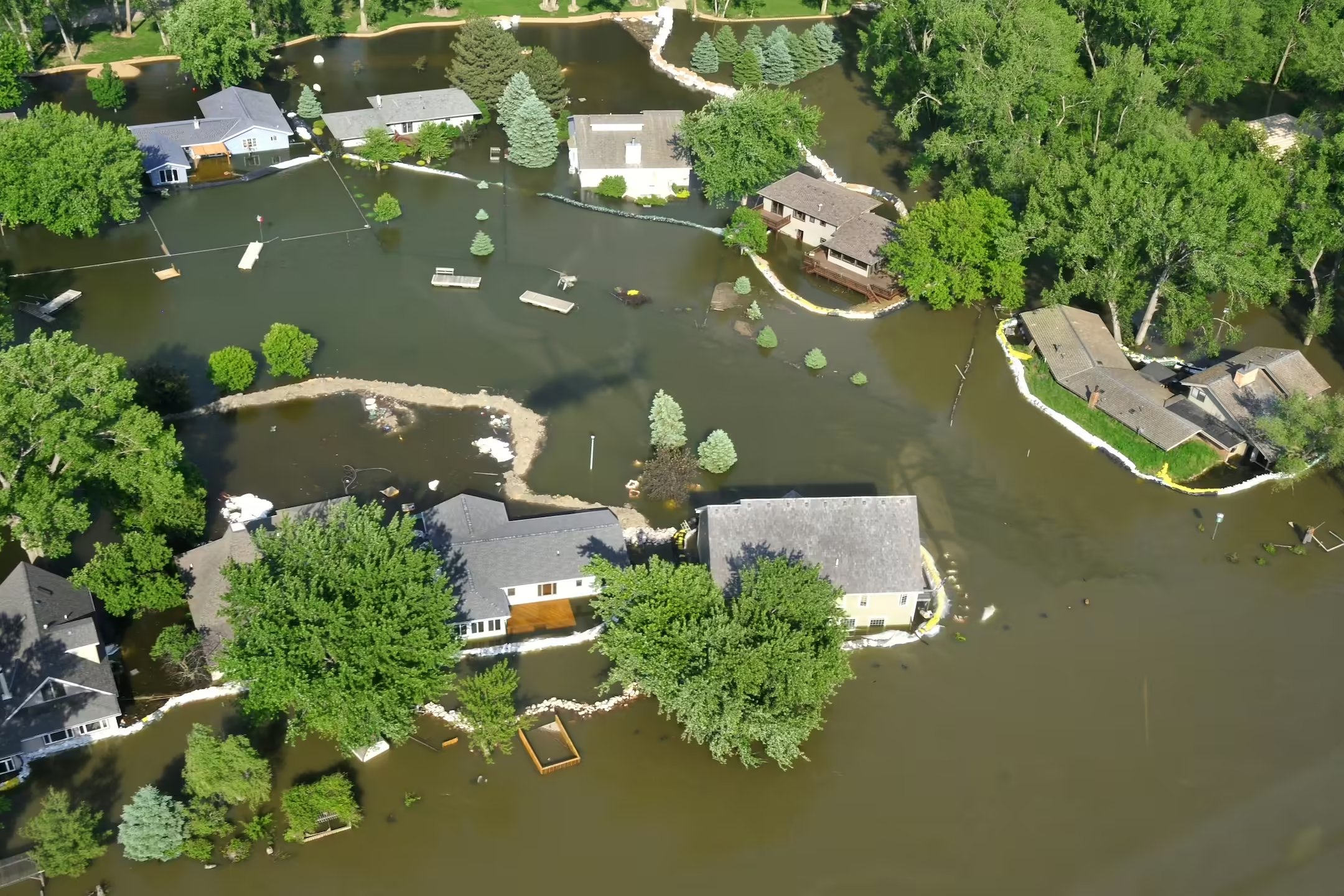
An analysis of FEMA’s BRIC program for climate adaptation and disaster resilience funding shows rising demand, but unequal access. Read more
-
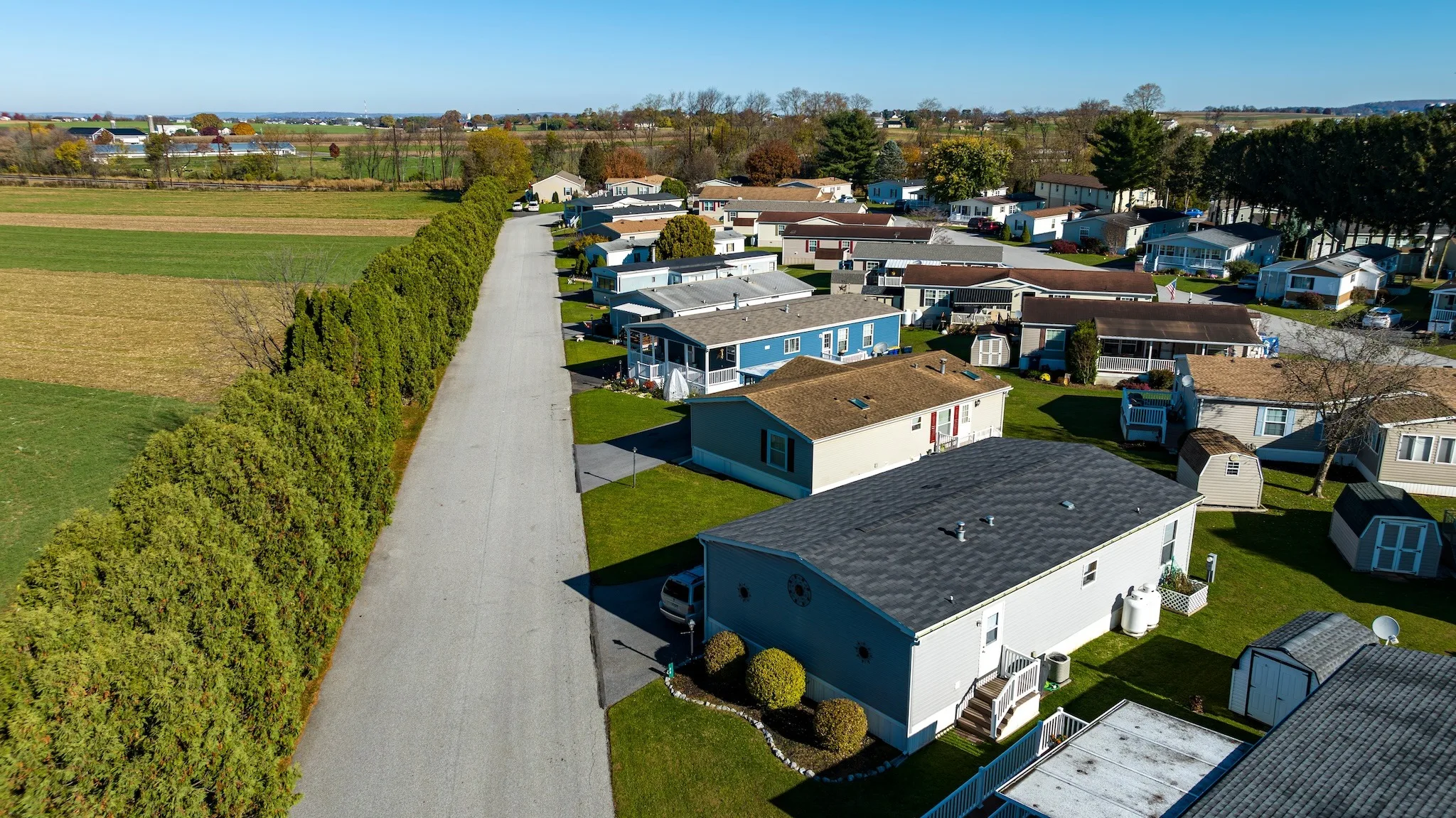
Many mobile home parks face higher flood risk and relocation may be the best option. A review of 12 mobile home park buyout projects illustrates how policy innovation and resident engagement can increase success. Read more
-
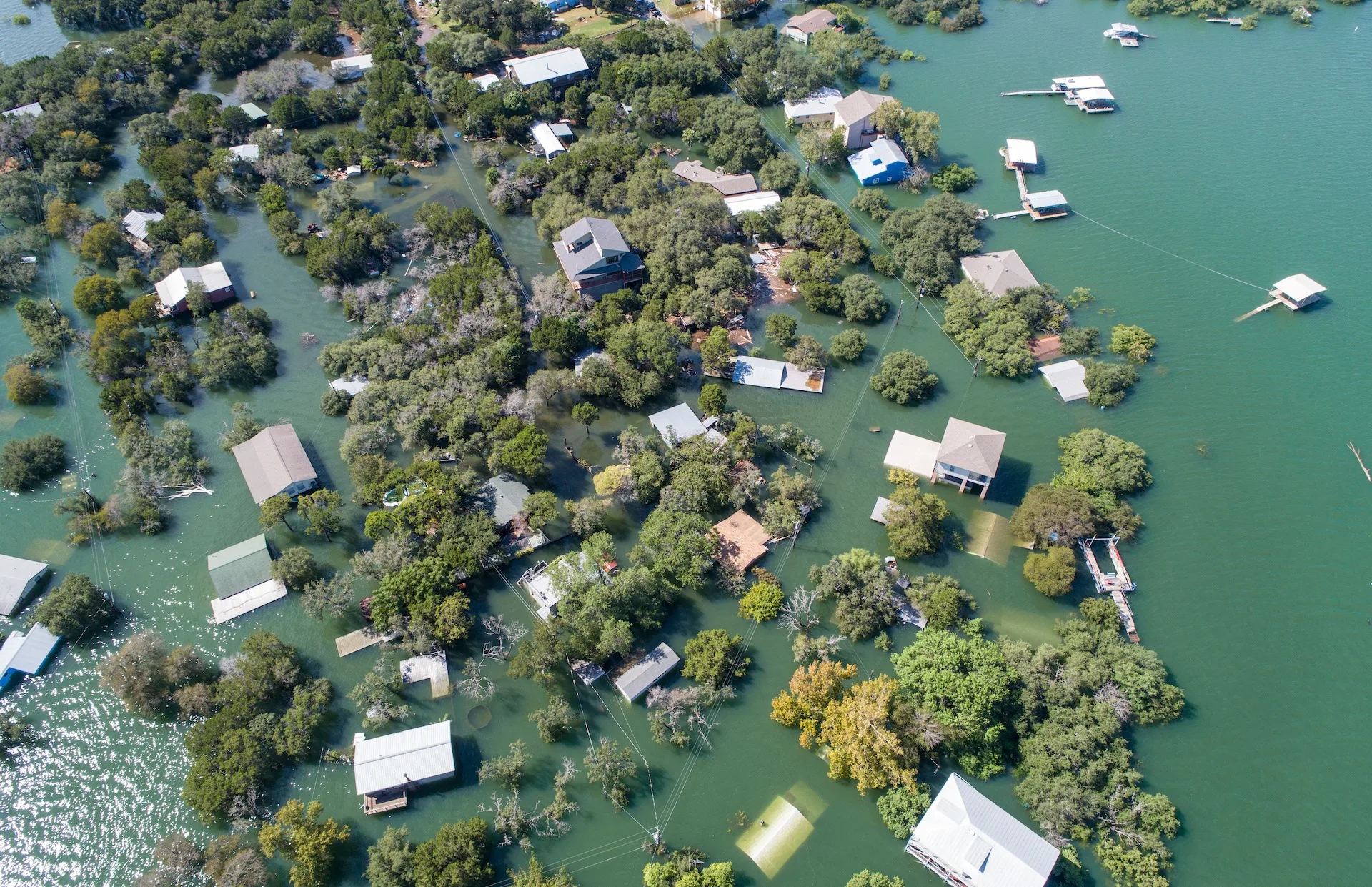
Headwaters Economics and the Hispanic Access Foundation have released a report that shows that 44% of Latinos live in counties with high flood risk, as opposed to 35% of non-Latinos. Read more
-

Headwaters Economics y Hispanic Access Foundation han publicado un reporte que muestra que el 44% de los latinos viven en condados con un alto riesgo de inundaciones, en contraste con el 35% de los no latinos. Read more
-

Headwaters Economics has conducted an analysis of flood and socioeconomic data to illustrate where flood risks disproportionality affect vulnerable populations. Read more
-

Headwaters Economics has analyzed the latest project selections announced by the Federal Emergency Management Agency for its Building Resilient Infrastructure and Communities (BRIC) grant program. Read more
-

A regional approach to flood risk can help communities pool resources and implement effective solutions. Five case studies offer lessons. Read more
-

Many federal grant programs require communities to provide a local match, creating barriers for rural and underserved places. Read more
-

Green infrastructure can provide long-term, cost-effective solutions to flooding and can help communities adapt to climate change. We provide a cost breakdown for eight green infrastructure practices. Read more
-
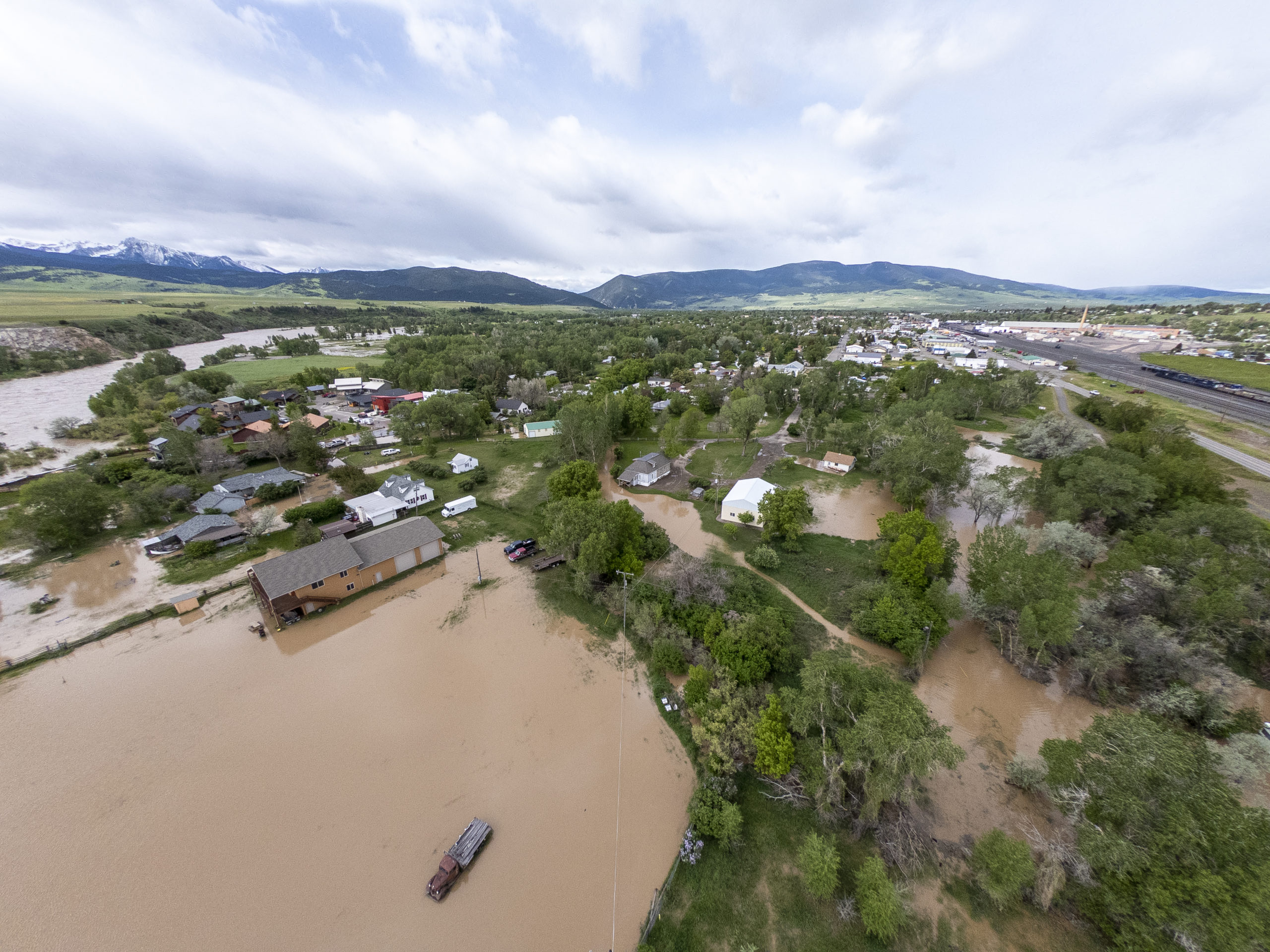
Montana’s mobile home residents face disproportionate flood risk and traditional solutions leave them behind. Read more
-
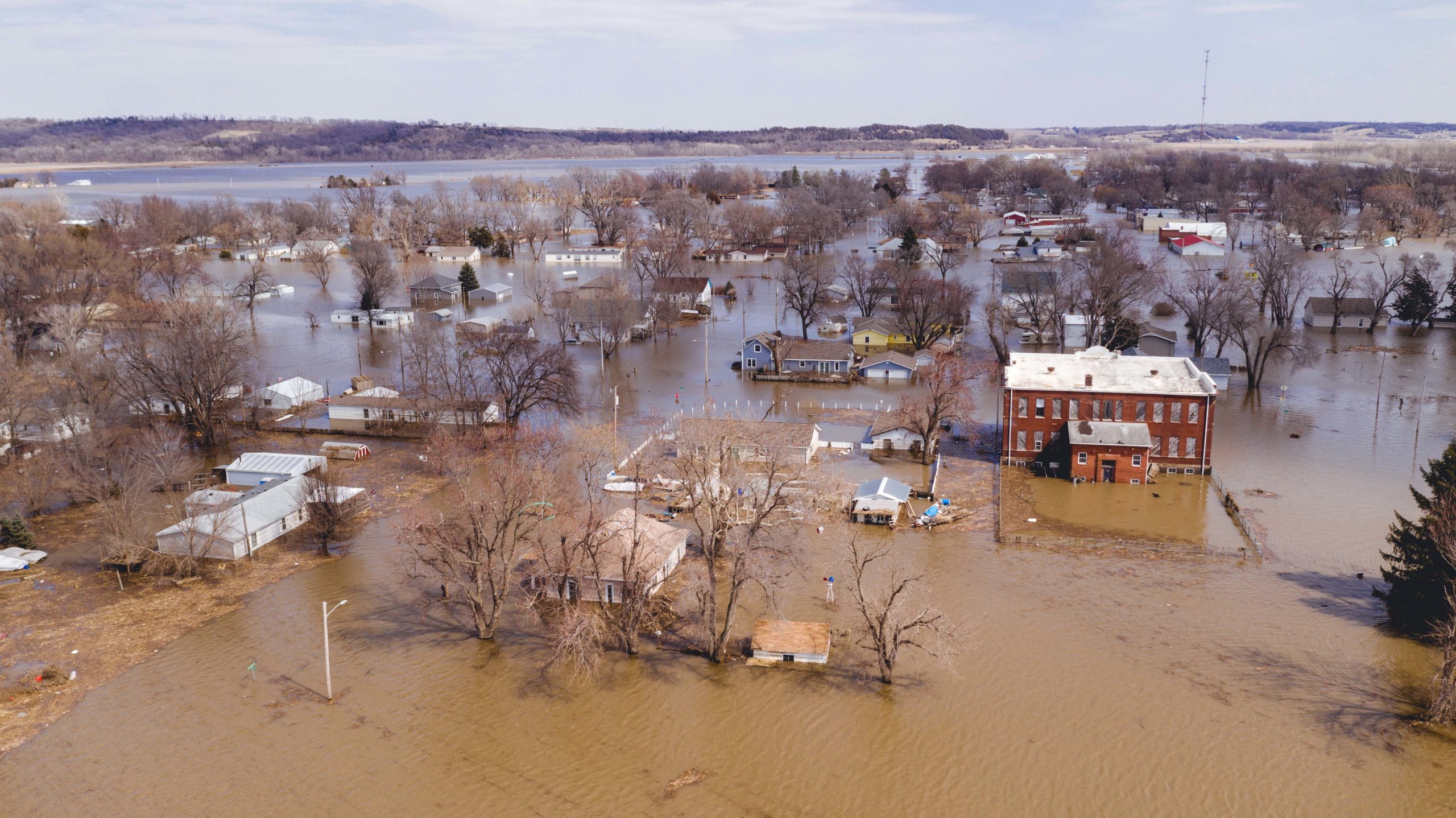
Places with lower capacity are failing to get funding through FEMA’s flagship grant program, Building Resilient Infrastructure and Communities (BRIC). Read more
-

Communities need resilient revenue strategies to fund the long-term costs of capital improvements and infrastructure. Read more
-

Mobile homes are the most common unsubsidized, affordable housing in the United States but have disproportionately higher flood risk than other housing types. Read more
-
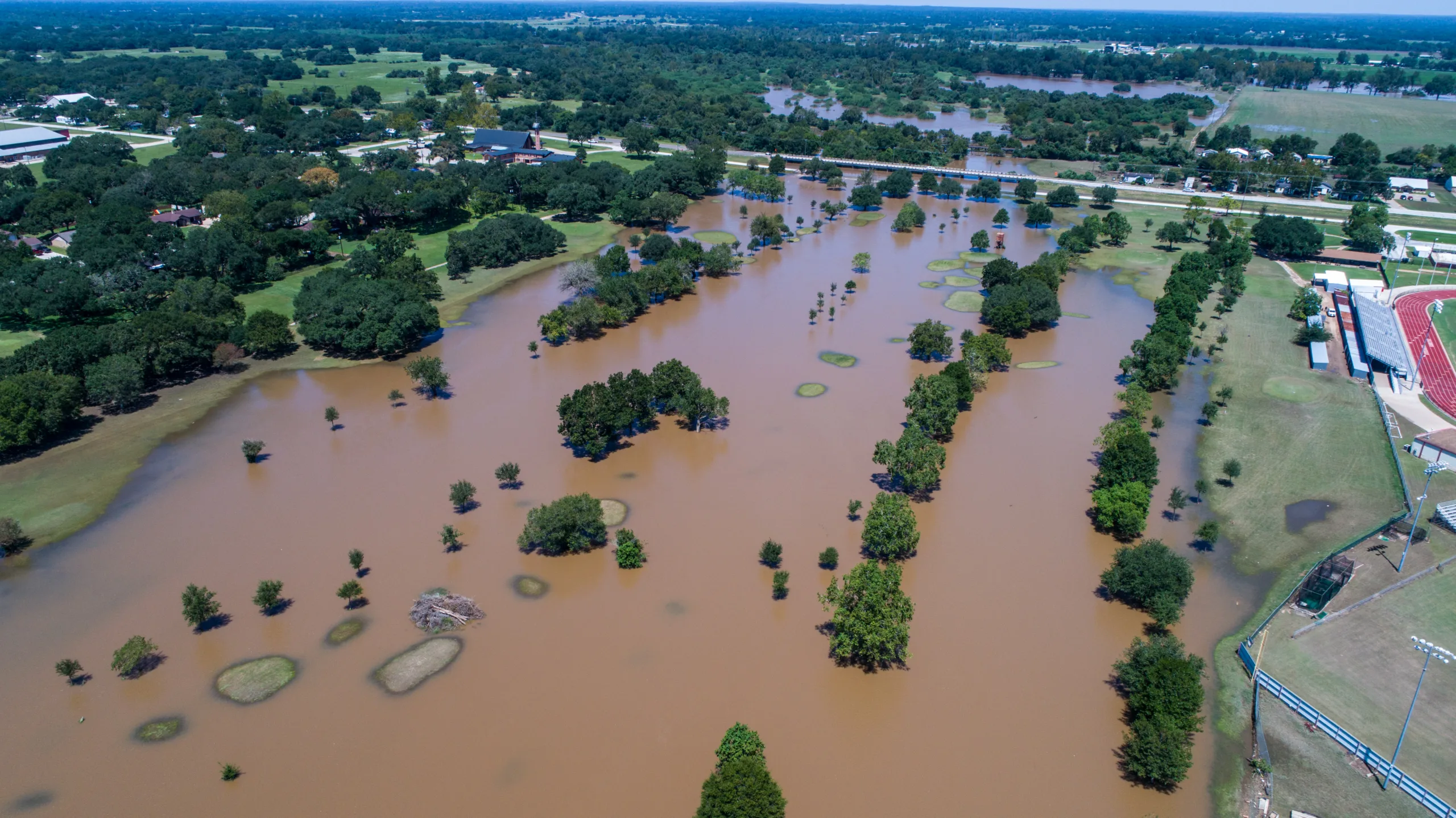
Benefit-cost analysis, required for many federal funding sources, puts smaller, rural, and low-income communities at a disadvantage. Read more
-
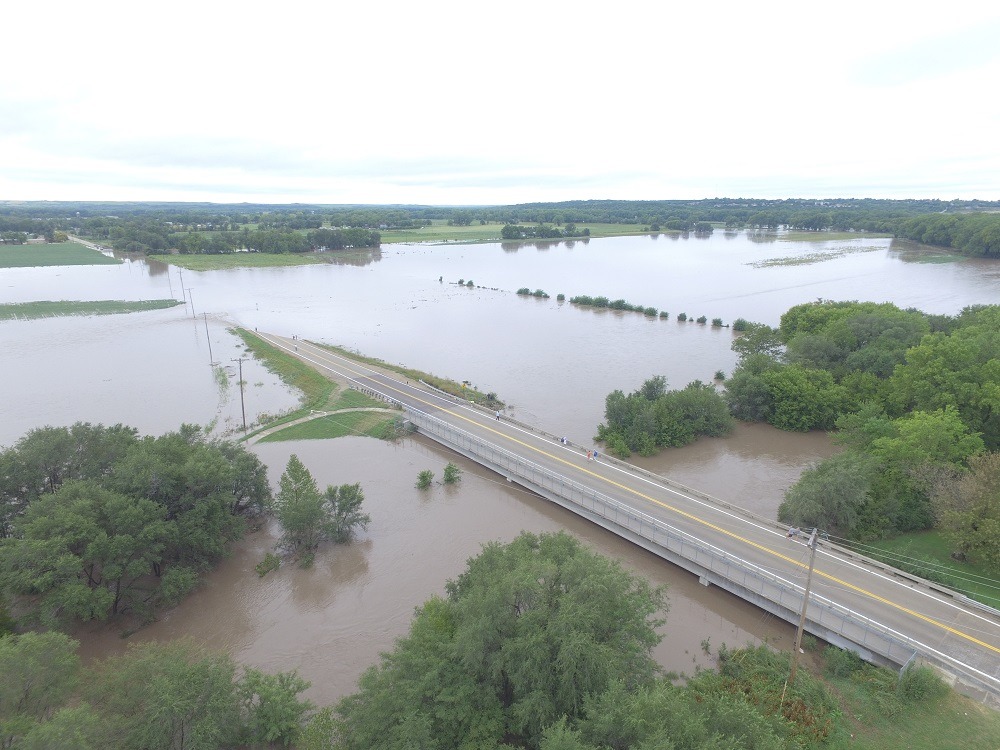
Rural and lower capacity communities failed to successfully compete for FEMA Building Resilient Infrastructure and Communities (BRIC) funding in FY 2020. Read more
-
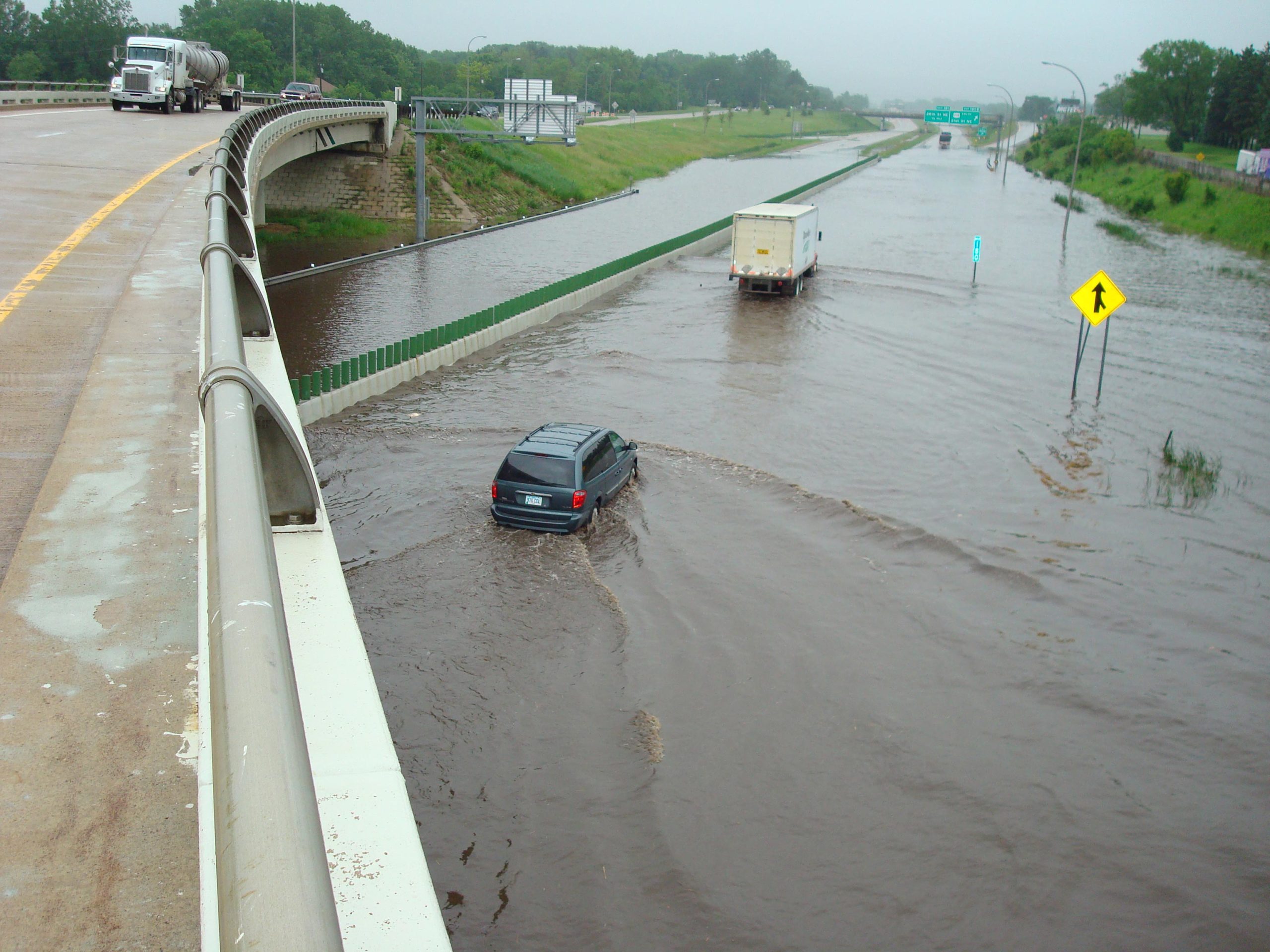
Climate change has the potential to destabilize general operating budgets and constrain access to lending markets. These presentations share promising solutions for “climate-proofing” budgets. Read more
-

Flood risk is underestimated in the U.S., but better maps and data are not enough to help communities. They must be accompanied with resources to support local action. Read more
-
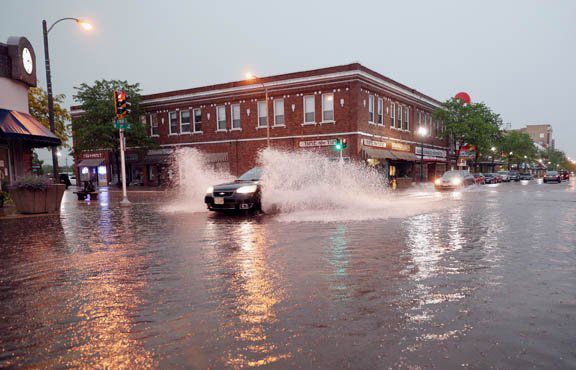
Communities highlighted in this report have successfully reduced flood risk through strategic partnerships, innovative solutions, and creative funding. Read more
-

This guide provides advice for developing funding strategies for flood mitigation projects, including where to find funding and how to make an economic pitch for mitigation projects. Read more